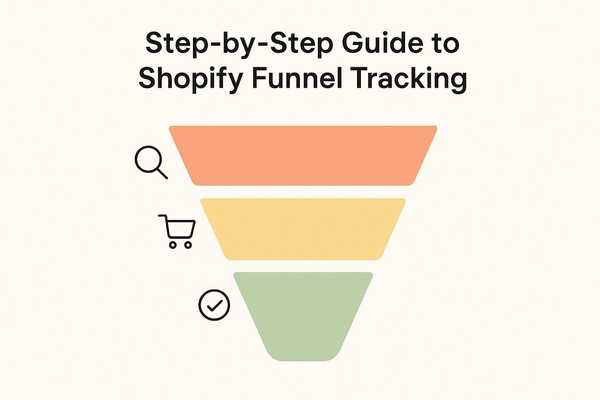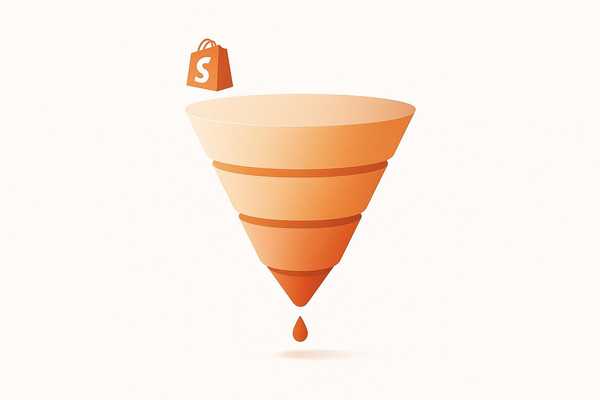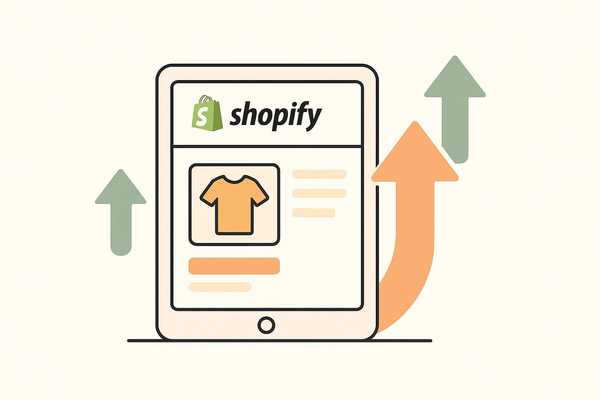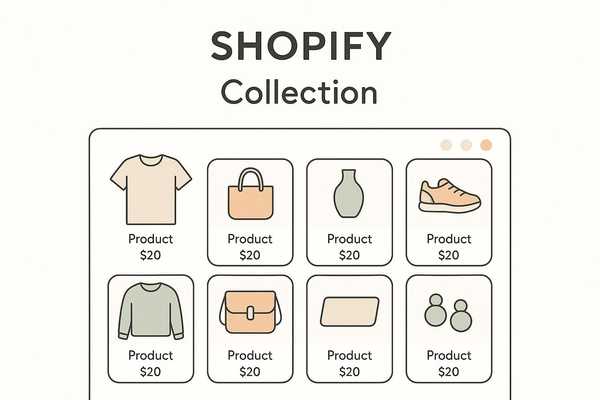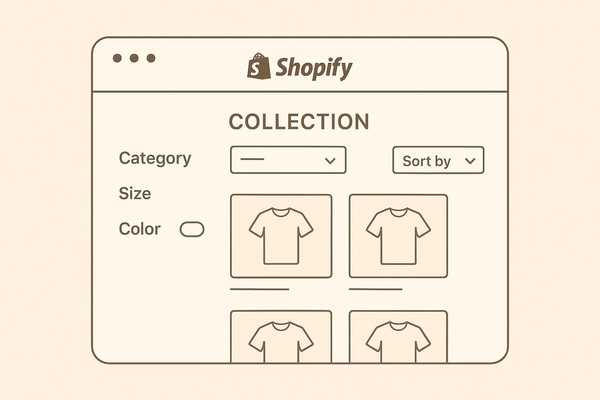
Customer Experience Optimization - Ecommerce Revenue Engine
Customer Experience Optimization drives more revenue than ads. Discover the systematic framework to turn visitors into loyal fans.
Wojciech Kałużny
12 min read
Conversion Rate Optimization
Customer Experience Optimization drives more revenue than ads. Discover the systematic framework to turn visitors into loyal fans.
Wojciech Kałużny
12 min read
Discover the best Shopify A/B testing tools of 2025 to optimize pricing, themes, and content for maximum revenue & profits.
Wojciech Kałużny
11 min read
Boost store profit. Learn to run ecommerce pricing experiments that balance volume vs. margin to maximize revenue, not just conversion.
Wojciech Kałużny
14 min read
Learn what a micro conversion is and how to use micro conversions to grow your Shopify store. Stop losing sales and find your funnel leaks.
Wojciech Kałużny
14 min read
Most ecommerce brands eventually reach a point where ad spend is not the problem anymore. The real opportunity is improving conversion, and this guide breaks down how to optimize every stage of your sales funnel to turn more of your existing traffic into paying customers.
Tim Davidson
10 min read
Why do 80% of tests fail? This guide shows ecommerce stores how to build a real testing framework, from hypothesis to the iteration loop.
Wojciech Kałużny
19 min read
Master ecommerce landing page optimization. This guide covers the 6-step strategy, best practices, and A/B testing that gets results.
Wojciech Kałużny
40 min read
Conversion Rate Optimization (CRO) is the systematic and structured process of increasing the percentage of website visitors who complete a desired action.
Wojciech Kałużny
13 min read
Stop wasting ad spend on a leaky Shopify store. Our 2025 guide reveals 27+ conversion rate optimization tools to find and fix the leaks in your funnel, turning more of your visitors into paying customers.
Wojciech Kałużny
40 min read
Learn how to effectively analyze heatmap data to improve user experience and boost conversion rates in your online store.
Tim Davidson
15 min read
Learn how to effectively track your Shopify store's funnel to boost conversions by identifying drop-off points and optimizing customer journeys.
Tim Davidson
15 min read
Learn how to identify and fix Shopify funnel drop-offs to boost your conversion rates and enhance the shopping experience for your customers.
Tim Davidson
17 min read
Explore how industry benchmarks and professional optimization services can significantly enhance your Shopify store's conversion rates.
Tim Davidson
10 min read
Learn how to design effective Shopify collection pages that enhance user experience and boost sales through smart organization and visual appeal.
Tim Davidson
11 min read
Learn how to set up and optimize Shopify collection filters to help customers find products faster, improve user experience, and increase conversion rates. Includes setup tutorials, best practices, mobile optimization tips, and top filtering apps for U.S. stores.
Wojciech Kałużny
11 min read
Sign up for my newsletter to receive the latest news from the blog, you’ll get pinged every few months with a digest from the tech world.









